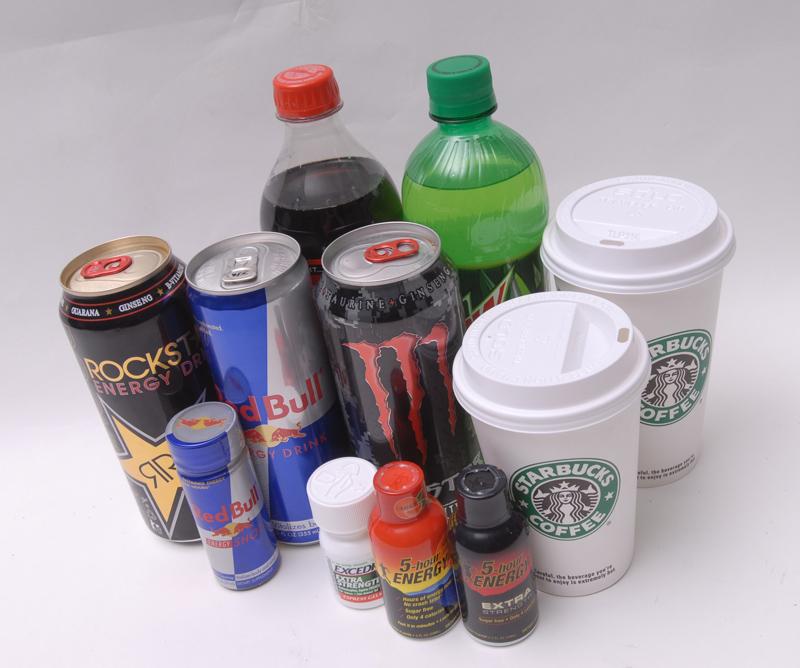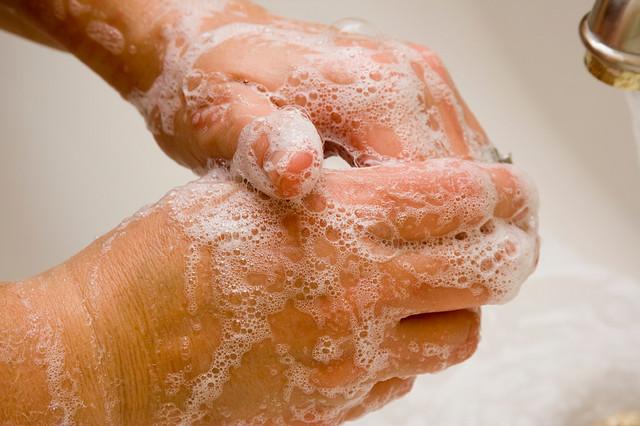By Staff Writer: Rachel Brauer
While being tan is something most strive for in this era, especially during the summer months and spring break, most ignorantly look the other direction when people warn them of the potential dangers of the sun. Tanning lotion over sunscreen is more harmful to the body than many realize.
Sunburns are a result of a person’s overexposure to the sun’s adverse ultraviolet (UV) radiation. It may not even become present until a few hours, but it only takes 15 minutes in the sun to get a burn. Individuals with fair hair and skin are more prone to sunburns, but it still can happen to anyone.
The severity of the sunburn depends on the damage caused to any or all of the three layers of skin: the epidermis, dermis, and hypodermis.
First degree burns only affect the first layer of skin, the epidermis. There is no blistering of the skin. This is the most common form of sunburn and generally fades after three to five days. There is no scarring.
Second degree burns are classified by deterioration of the epidermis and the top layers of the dermis. Blistering and the appearance that the skin is wet are very common. Loss of sensation in the inflicted area and skin grafts are a possibility. This type of burn is extremely painful and can take ten to 21 days to heal. There is generally no scarring but there may be some discoloration in the area.
Third degree burns are very serious, and often require serious medical care, due to all three layers of skin being completely destroyed and partial disturbance to the subcutaneous tissue. The damaged areas may appear black, white, or even almost leathery. There is usually no pain in these types of burns. This may take months to heal.
Fourth degree burns are not widely known to the public, but still very well exist. This is where the damage goes beyond all three layers of the skin and continues on to damage the muscles and bones.
The severity of the sunburns is classified by the rule of nines system. The human body is split into sections of “nines,” and then a physician can figure out by how much of the body’s surface area is harmed, and then how to proceed with the patient.
Besides damage of the skin, there may be some other immediate consequences to the overexposure, such as sun poisoning, which is not a walk in the park.
According to WebMD, some symptoms to watch for possible sun poisoning consist of the following:
- nausea
- fever and chills
- swelling
- headache
- dizziness
- dehydration
There are many at home remedies for sunburns that most don’t know about. Referencing the Old Farmer’s Almanac, grated potatoes, peppermint oil (as long as the skin isn’t blistered), apple cider vinegar, plain yogurt, and a compress of decocted witch hazel are all amazing solutions to help ease the pain of a sun burn at home.
The most common is Aloe Vera lotion, which can be found at any convenient or drug store. People can be allergic to it though, like sophomore Jasmine Mellem.
“I hate when I forget my sunscreen and get burned, because then I have to wait for it to go away on its own,” says Mellem.









